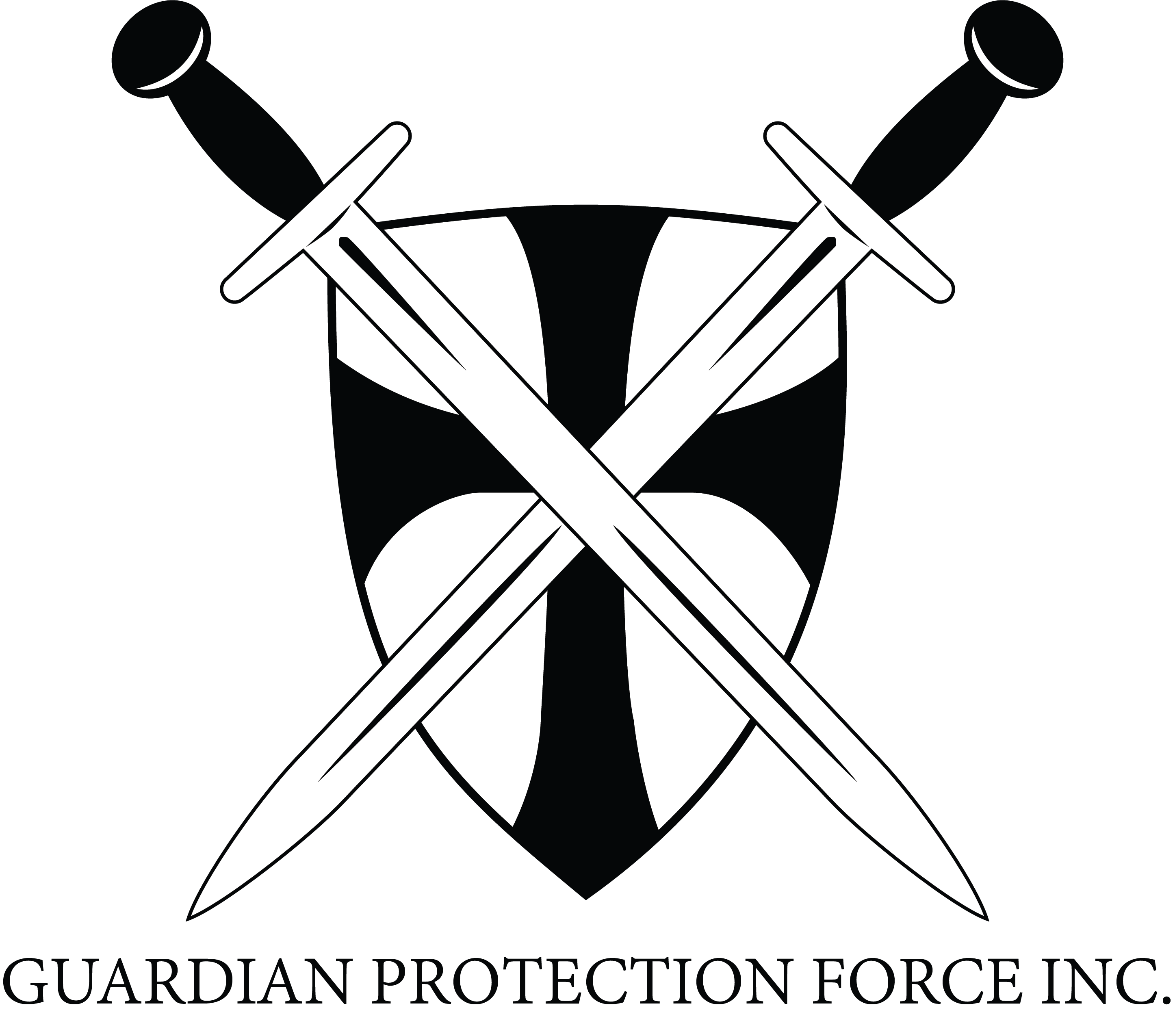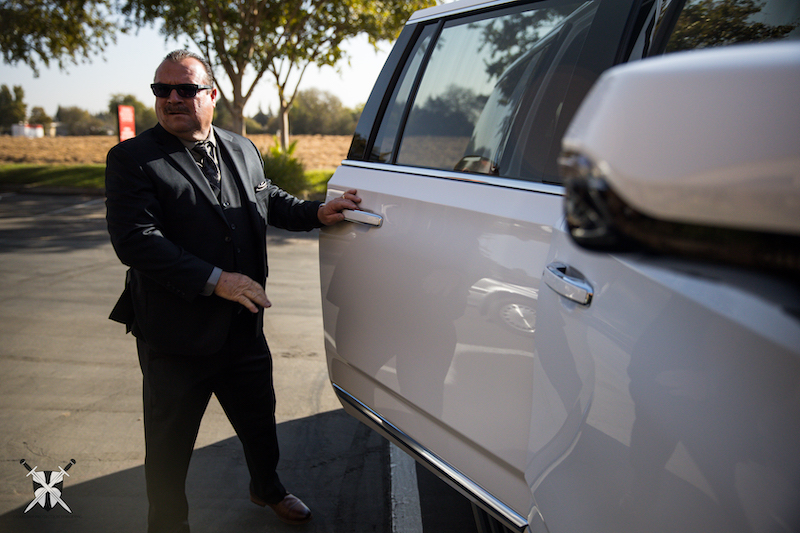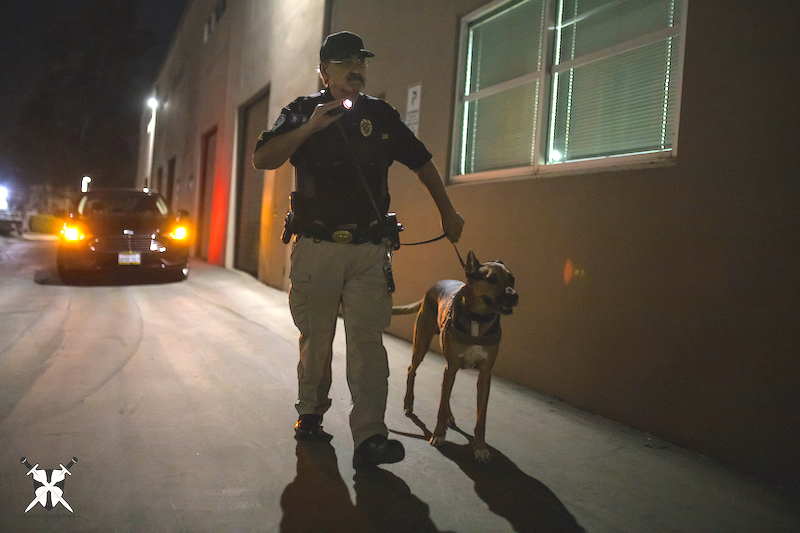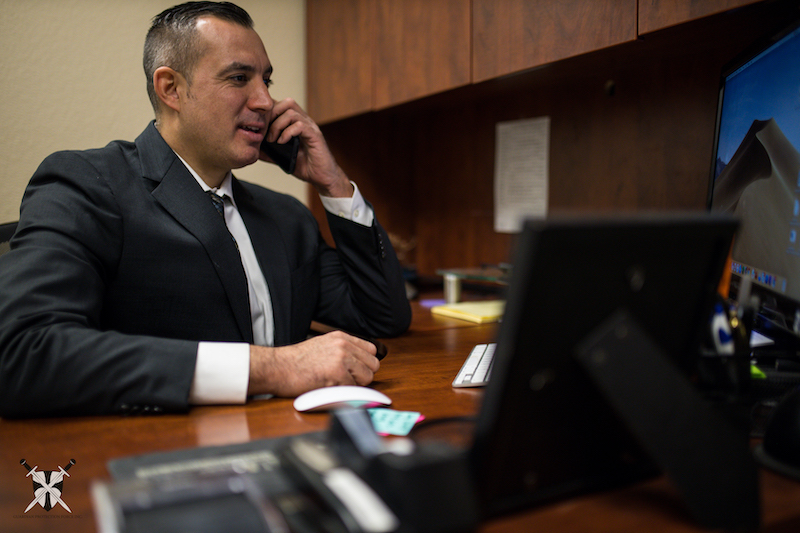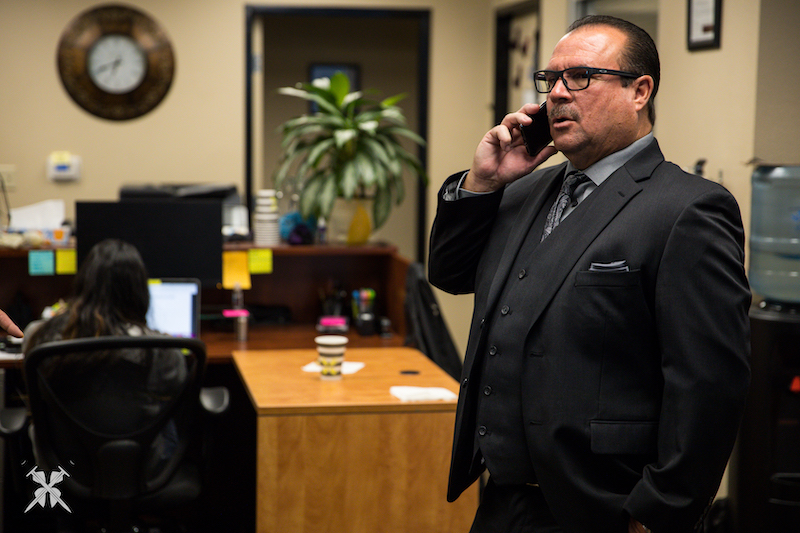It's National Back to School Month
It's National Back to School Month!
...Let's Talk School Aged Child Safety
It’s September so you know what that means.
Yes, the leaves are changing; yes, everything at Starbucks will once again be pumpkin spiced; but it also means the kids are headed back to school.
But before you pour that unusually large glass of celebratory wine, consider that your child now lives in a world where dangers are more prominent than when you were a kid.
As painful as it is to consider, schools are no longer a bastion of safety. We, as parents, must instill a sense of awareness into our children if the worst should ever happen while they are at school.
This blog will provide tips to help you
maximize your children’s safety in the classroom:
THE MAIN ENTRANCE
Next drop off, just analyze your child's school main entrance ... does it look like it could handle a mass exodus of students? If not, we need to find an alternative route for a swift exit. Map it out, draw it out, then give it to your kids. We guarantee that google maps will be quite useless to guide your kids when they are on the inside of the school.
However, it will be invaluable for planning rendezvous points on the outside of the school. Use Google Maps to get an idea of the quickest route to safety. It can also be helpful for figuring out where the nearest police station or fire department is located.
PLAN FOR - PLAN A
AND PLAN B
.... C AND BEYOND
It’s imperative that you talk to your children about having an emergency plan at school.
But what is most important is practicing it every now and then. It doesn't have to be anything major like a fire drill. You can simply say “I’ll pick you up at our emergency rendezvous spot,” or ask them: “How many potential exits did you see on your way to the car?” This gives your child something that they probably won’t develop until later in adulthood, observational skills. Observation leads situational awareness, which leads to threat mitigation.
In the military officers learn one very important rule, on the battlefield, the plan is usually the first casualty.
Having a plan is essential and having a backup plan is even more important. If something goes wrong, panic can be the real killer on campus.
Fires, active shooters, earthquakes, tornados, etc. will all trigger your kid’s fight or flight response. When there is no plan, or nobody is around to tell them what to do, they can panic.
While their senses may be heightened, they are probably not in the right state of mind and can make poor choices. A plan and a backup plan can calm them down and get them moving in the right direction towards safety. Of course all conversations should be age appropriate and should not scare or traumatize your child.
SURPRISES VERSUS SECRETS
Personal safety is naturally a huge issue, and the violators are not always strangers. Adults who have built a report with your child can take advantage.
Therefore, as uncomfortable as it may be, it is best to discuss what to do if anyone they know or don’t know touches them in an inappropriate manner.
A potential sign is when your child won’t talk and says “it’s a secret.” Surprises are good but secrets make us feel bad. All secrets between your child and an adult you know or don’t know should be investigated immediately. This doesn’t always need to involve the police but until the secret is revealed as benign your child may be at risk.
PTA MEETINGS
Most PTA meetings are about the usual stuff, teachers discussing what children are learning, medical needs, special needs, etc.
But this is a great opportunity to bring up any safety or security concerns that you may have with the school. Even if a solution to your issue has already been thought of, it is good to make aware of any “cracks in the armor” that you may have noticed.
If you don’t see any effort to make a resolution to a serious issue, then be a broken record and make sure they implement a solution.
COMMUNITY SECURITY
This can really be a huge boost in helping your children to stay safe during dangerous situations. If you live in a community then linking up with other parents and sharing information about school safety can be invaluable.
The only thing better than having one child who knows what to do, is having a community of children who know what to do. In the end children aren’t born with the ability to assess situations. They need to be taught or guided through danger.
As a parent there should be no higher calling than that.
“If children feel safe, they can take risks, ask questions, make mistakes, learn to trust, share their feelings, and grow.” – Alfie Kohn
